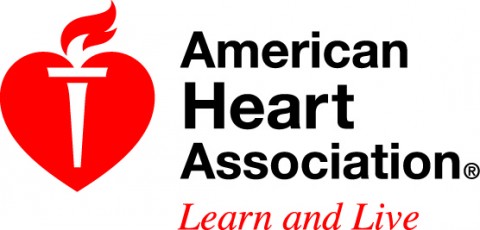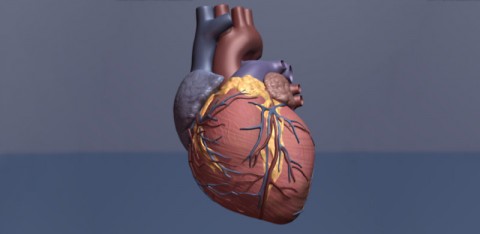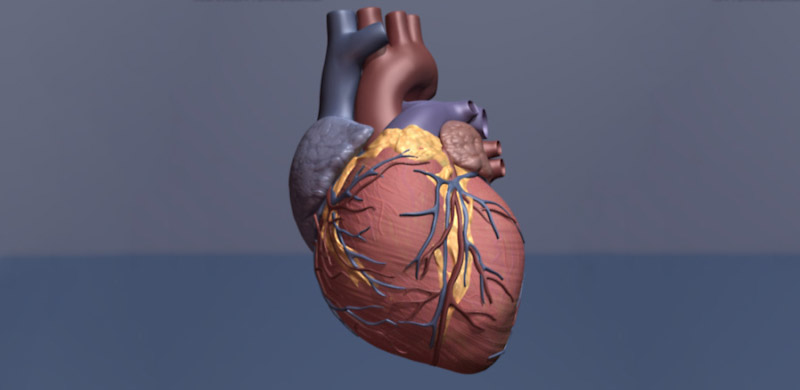American Heart Association Rapid Access Journal Report
 Dallas, TX – Healthcare professionals performing x-ray guided cardiovascular procedures may be at higher risk for health problems including orthopedic problems, cataracts, skin lesions and cancers, according to new research in the American Heart Association journal Circulation: Cardiovascular Interventions.
Dallas, TX – Healthcare professionals performing x-ray guided cardiovascular procedures may be at higher risk for health problems including orthopedic problems, cataracts, skin lesions and cancers, according to new research in the American Heart Association journal Circulation: Cardiovascular Interventions.
The study identified potential radiation-related health risks to professionals that perform common cardiovascular procedures using fluoroscopy — an imaging technique that uses X-rays to obtain real-time moving images of the heart.

These procedures are commonly done in a hospital cardiac catheterization (cath) lab.
“For experienced, busy interventional cardiologists and electrophysiologists, annual exposure to radiation is around 5 millisievert (mSv, a unit of measure for radiation’s biological effects),” said Maria Grazia Andreassi, M.Sc., Ph.D., lead author of the study and head of the Genetics and Molecular Epidemiology Unit at the National Research Council Institute of Clinical Physiology in Pisa, Italy. That amount adds up to 50 to 200 mSv, or the equivalent of 2,500 to 10,000 chest X-rays, over a 30-year career.
Compared to healthcare professionals not exposed to radiation, cath lab workers (including doctors, nurses and technicians) who were exposed to radiation for a median of 10 years had:
- 2.8 times higher odds of having skin lesion:
- 7.1 times higher odds of having orthopedic (back/neck/knee) problems; and
- 6.3 times higher odds of having cataracts.
In addition, among cath lab workers, estimated radiation exposure was highest for the interventional cardiologists and electrophysiologists. The odds of having medical problems also increased for workers with more than 16 years of history in the cath lab. After adjusting for age, gender and smoking, workers with more than 16 years of history in the cath lab also had 3 times high odds of having cancer.
Cath lab workers also had elevated rates of high blood pressure and high cholesterol, the study found, but relatively low rates of cardiovascular illness. However, previous epidemiological studies have linked chronic radiation exposure with long-term cardiovascular effects, Andreassi said.
“Occupational doses of radiation in cardiovascular procedures guided by fluoroscopy are the highest doses registered among medical staff using X-rays,” Andreassi said. “Interventional cardiologists and electrophysiologists have a two to three times higher annual exposure than that of radiologists, as they are closer to the radiological source and experience radiation exposure with the patient, whereas diagnostic radiologists are generally shielded from radiation exposure.”
The new findings are based on an Italian survey answered by 466 workers who had an average of 10 years’ experience working in cardiac cath labs, plus 280 professionals who worked in other settings. Findings were adjusted for the fact that the cath lab workers were more likely to be smokers, as well as other relevant factors, Andreassi said.
“Unfortunately, cardiologists pay little heed to monthly or cumulative reports of radiation exposure. And recent studies confirm that simple, effective protection measures — such as a lead curtain, protection glasses and thyroid collars — are not used by the majority of exposed cardiologists.”
Study limitations noted by researchers included: survey respondents themselves chose whether to participate (and if they had health problems, may have been more motivated to do so) and radiation doses were self-reported, not directly measured. A direct cause-and-effect link between radiation exposure and health problems cannot be inferred from the results of this study.
Co-authors are Emanuela Piccaluga, M.D.; Giulio Guagliumi, M.D.; Maurizio Del Greco, M.D.; Fiorenzo Gaita, M.D., Ph.D.; and Eugenio Picano, M.D., Ph.D.
The Italian Ministry of Health funded the study.
Additional Resources
- View the manuscript online.
- Follow AHA/ASA news on Twitter @HeartNews.



